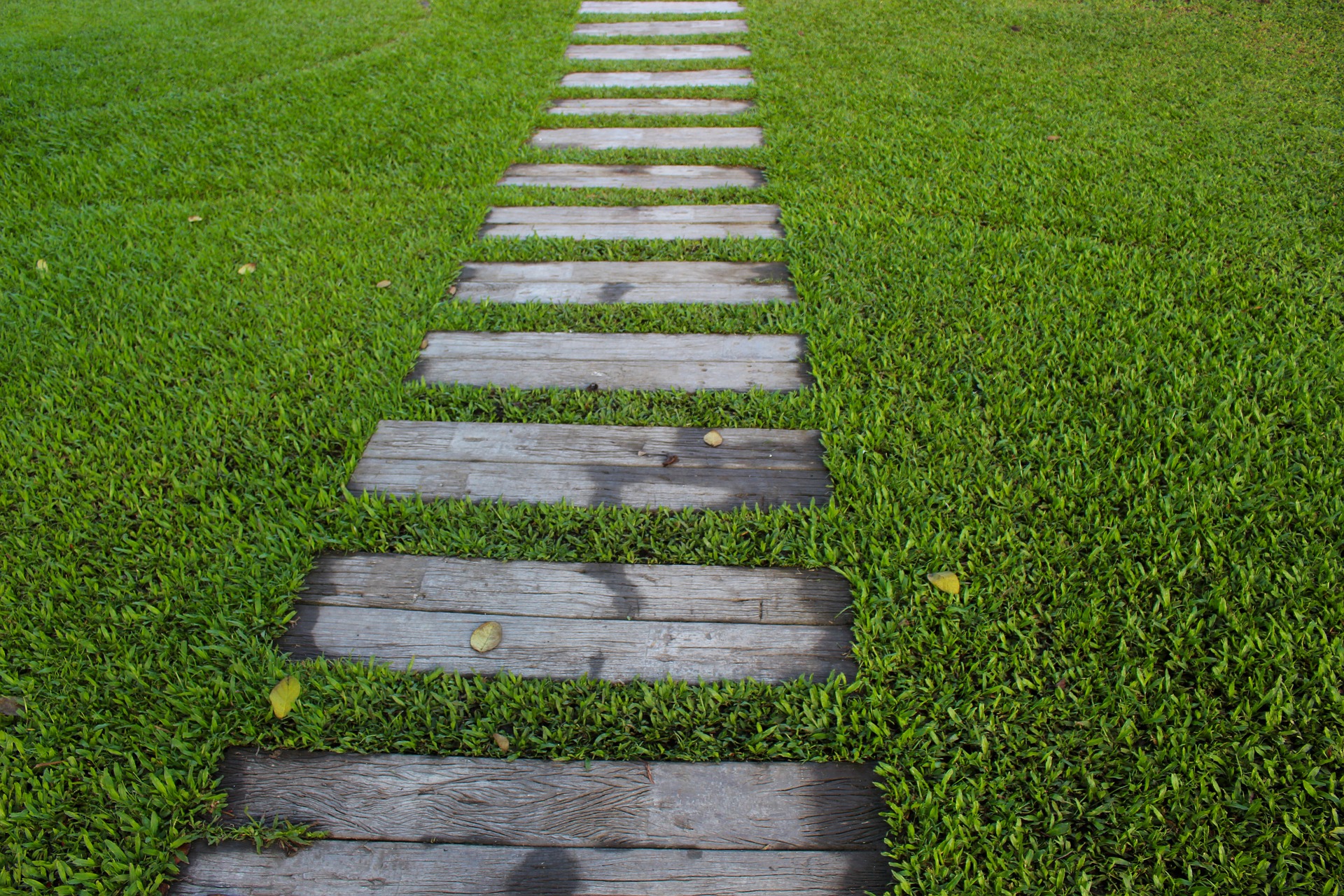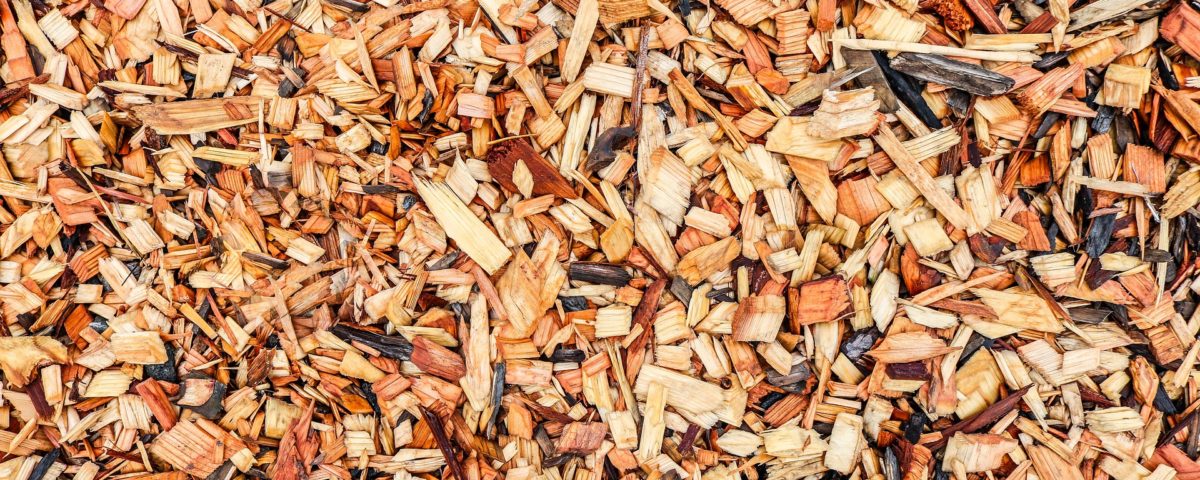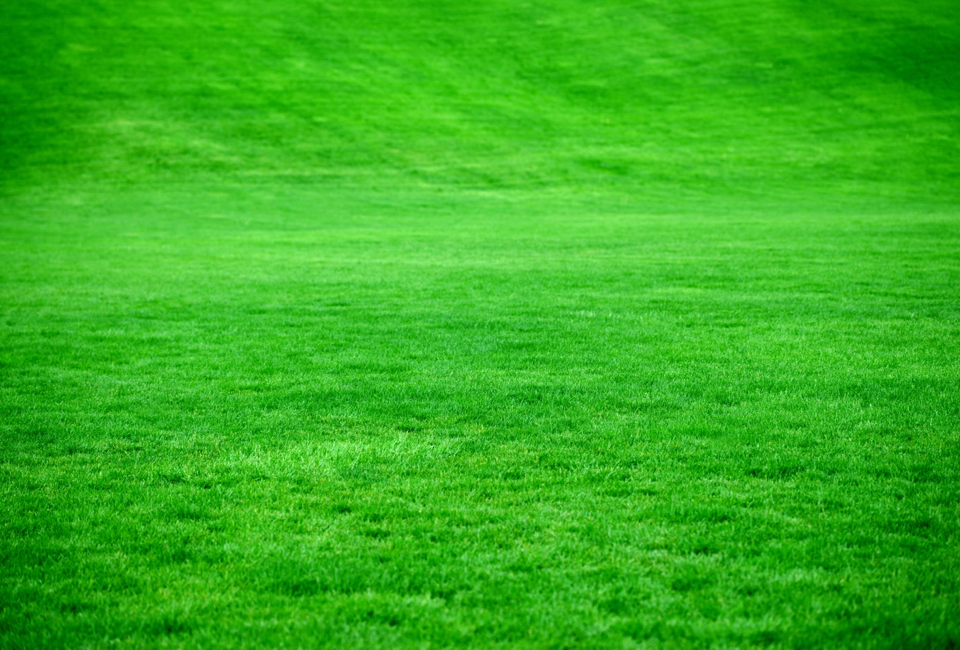
Lawn Care Tips During a Dry Period
June 30, 2020
Tips for Avoiding Soil Compaction
June 30, 2020When it comes to achieving all of your landscaping goals, one of the best things you can do is explore all of the great landscaping supplies that are at your disposal. There are tons of different products to choose from, each one having its own unique set of benefits to discover. Products like fertilizers and soil amendments can literally improve the quality of the soil on your property and help your plants grow. Other landscaping supplies like decorative gravel can elevate the style of your property and improve your curb appeal. One landscaping product has so much to offer that it should almost be considered an essential tool for any landscaper to use. We are referring to mulch, which is perhaps the most versatile landscaping product on the market.
You can use mulch for so many different purposes, which is part of the reason why it is one of the most popular landscaping supplies at Cal Blend Soils. High-quality mulch can help you improve things from a design perspective as well as provide nutrients for your plants as it decomposes. Mulch can also help you protect your plants’ roots and keep weeds from taking away valuable nutrients. The bottom line is that mulch is one of the best landscaping supplies to incorporate on your property. However, if you use mulch on your property there is the possibility that you end up dealing with some unattractive growth on top of it. That’s why we’ve put together the following article to help you identify what is growing on your mulch. Keep reading below to learn more and remember to reach out to Cal Blend Soils for your mulch or other landscaping product needs.
Artillery Fungus
The chances are good that if you notice something growing on your mulch that it is a type of fungus. Artillery fungus is one of the common fungi that you will find growing, and it’s important that you look out for it because it can result in serious problems. Although this fungus won’t necessarily hurt your plants or landscaping, it can cause damage to your house.
Artillery fungus that is growing on your mulch can actually shoot spores onto your house and other nearby objects. The problem is that if those objects are light-colored, the fungus can leave black specks all over them that are very difficult to remove. The spores can shoot out as far as 20 feet away, so it makes sense that you would want to avoid artillery fungus at all costs. One way to prevent this situation from happening on your property is to keep your mulch beds clean and raked so that they can dry out.
Slime Mold
If you find slime mold growing on your mulch, there’s a good chance you will be able to recognize it instantly. Slime mold looks like something might have vomited on your plant beds, which means it is easy to diagnose it when it’s growing on your mulch. When the slime mold begins growing, it will have a bright yellow and slick appearance. As it ages, the slime will dry out and appear brown. Finally, when it nears the end of its lifecycle, it turns into a white powdery color that is easy to see.
The good news about slime mold that is growing on your mulch is that it won’t really cause any serious landscaping issues. Sure, it might not be the most pleasant-looking thing to have on your property, but it will eventually disappear on its own over time. If you simply can’t stand the way that slime mold looks, you can scoop up the affected areas and get rid of it.
Bird’s Nest Fungus
Another common fungus that impacts mulch, particularly in areas that are exposed to constant moisture, is bird’s nest fungus. This fungus gets its name due to the way that it looks since it resembles an egg-filled bird’s nest. This is a naturally occurring fungus that won’t really derail any of your landscaping goals, but it can definitely be bothersome if you are looking at it from a strictly aesthetic view. One of the best ways to deal with bird’s nest fungus is to rake the affected areas at regular intervals. The raking will help to disrupt the fungus and prevent it from growing.
Mushrooms
If you see mushrooms growing on your mulch, you aren’t the first. Mushrooms thrive in areas with high levels of moisture and can grow in all different colors and sizes. It might be concerning to see mushrooms growing on your decorative mulch, but it actually won’t do any damage to your plants. You can always remove any of the impacted mulch areas and replace it with a fresh layer if the mushrooms growing are really bothering you. Contact Cal Blend Soils today if you want to purchase high-quality mulch at the best prices on the market.
Managing Your Mulch
Although having your mulch overrun by fungal growth can be annoying and impact the overall look of your landscape, most of the time you really don’t have to worry about it. Remember that keeping your mulch beds dry is the best possible way to avoid dealing with things growing on your mulch. The truth is that mulch is one of the most versatile and useful landscaping supplies you can invest in. There are so many benefits that landscapers can expect to receive by purchasing high-quality mulch from a great supplier like Cal Blend Soils. Reach out to the team at Cal Blend Soils today if you have any questions about how mulch can benefit your property or if you are interested in making a purchase today. We even offer discounts on bulk purchases and can have our great landscaping supplies delivered to the location of your choice for added convenience.


